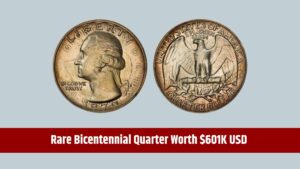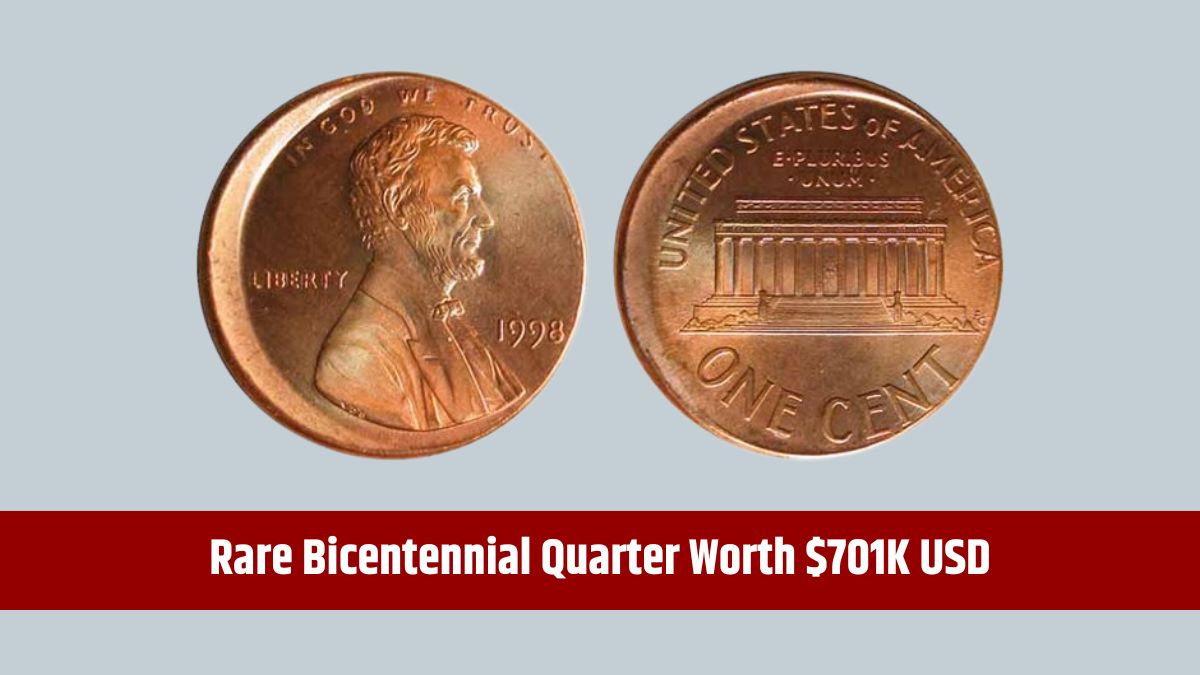Millions of Americans relying on the Supplemental Nutrition Assistance Program (SNAP) are set to see an increase in their benefits. The Food and Nutrition Service (FNS) has confirmed new maximum payment amounts, effective October 1st, across 49 states and U.S. territories.
However, in one state, the maximum benefit will decrease. The updated Cost of Living Adjustment (COLA) won’t change again until the 2026 fiscal year, meaning these new rates will apply for the remainder of fiscal year 2025.
SNAP
SNAP helps low-income households across the U.S., Washington D.C., and U.S. territories afford food. Benefits are distributed monthly through Electronic Benefit Transfer (EBT) cards, which can be used at participating stores. Approximately 36% of SNAP households receive the maximum benefit allotment, helping them purchase healthier, nutrient-rich foods. However, payment amounts vary based on household income, family size, and location.
In October, the new rates will take effect, but recipients will not experience an increase until then. Households will see slight adjustments in their monthly benefits, which are designed to reflect inflation and ensure families can continue to afford basic food needs.
Increased SNAP Benefits
While payment amounts vary by state, household size, and location, most households in the 48 contiguous states and Washington, D.C., will receive an increase of up to $2 per month starting in October. A single-person household will now receive $292 (up from $291), while a family of four will see their maximum payment increase from $973 to $975 per month.
Alaska
Alaska has its own unique structure for SNAP benefits based on location:
- Urban Alaska: Single-person households will receive $377, while families of four will get $258.
- Rural Alaska (Level 1): Single-person households will see an increase to $481, while four-person families will receive up to $1,604.
- Rural Alaska (Level 2): The most remote areas will see the highest increases, with individuals getting $586 and four-person families receiving $1,953 per month.
Hawaii
While most states will see an increase, Hawaii is the exception. Single-person households will see a reduction in their benefits from $527 to $517. Four-person households will also experience a reduction from $1,759 to $1,723.
U.S. Territories
Territories like Guam and the U.S. Virgin Islands will also benefit from slight increases. In Guam, a single-person household will see their benefit rise from $430 to $431, while a family of four will see a jump from $1,434 to $1,437. Similarly, in the U.S. Virgin Islands, single-person households will receive $376 (up from $375), and four-person households will now receive $1,254 (up from $1,251).
SNAP Benefits
SNAP benefits are calculated based on household size, income, and other factors like location. For example, individuals living in Alaska or Hawaii often receive higher benefits due to the higher cost of living. Each state has different criteria for determining eligibility, but all applications must meet federal income and resource requirements.
If you’re wondering how much you might qualify for, SNAP benefits range from around $296 to $1,751 monthly. The average benefit amount varies widely depending on state policies and the number of family members.
According to the USDA, about 41.9 million Americans (roughly 12.5% of the population) received SNAP benefits in November 2022. These benefits are critical to ensuring low-income families have access to the food they need to maintain their health and well-being.
COLA Adjustments
SNAP payment amounts are adjusted periodically to account for changes in inflation and the cost of living. These adjustments ensure that the program remains effective in helping families cover their food costs as prices fluctuate. The last major adjustment occurred in October 2023, and the next COLA change won’t happen until fiscal year 2026.
This year, inflation has impacted the cost of groceries and other essentials, so the slight increases to SNAP benefits aim to help offset these rising prices. While the upcoming increase is modest, it reflects the USDA’s ongoing efforts to keep the program aligned with the economic realities facing low-income households.
How to Apply
To qualify for SNAP, applicants must apply through their state of residence and meet certain income and resource requirements, which can vary slightly by state. While SNAP benefits are funded by the federal government, they are administered by state and local agencies, so rules and eligibility criteria may differ across regions.
If you are unsure whether you qualify, you can visit the USDA’s website or contact your local SNAP office for more information. It’s important to remember that SNAP is designed to help those in need of food assistance, and the program aims to support families by providing monthly benefits that can be used for groceries and essential food items.
Whether you are applying for the first time or have been receiving benefits for years, staying informed about changes to the program is crucial. With these new increases in SNAP benefits, families can expect a little more relief at the grocery store, even if the adjustments are relatively small.
FAQs
How much will SNAP benefits increase in 2025?
The maximum benefit will increase by $1 to $2 for most households.
Which state will see a decrease in SNAP benefits?
Hawaii is the only state where SNAP benefits will decrease.
When will the new SNAP benefit rates take effect?
The new rates will take effect on October 1st, 2025.
How do you qualify for SNAP benefits?
Eligibility depends on income, household size, and state requirements.
What are the SNAP benefits for Alaska in 2025?
Alaska’s SNAP benefits vary by location, ranging from $377 to $1,953.






